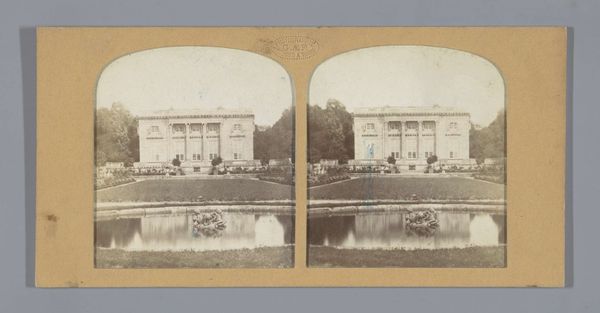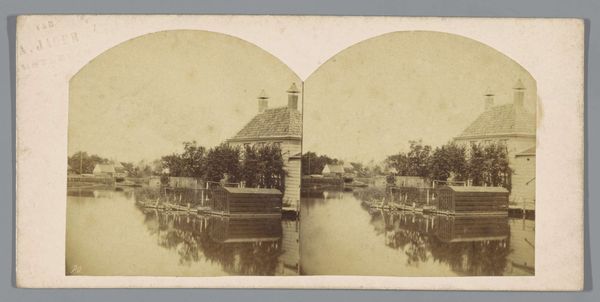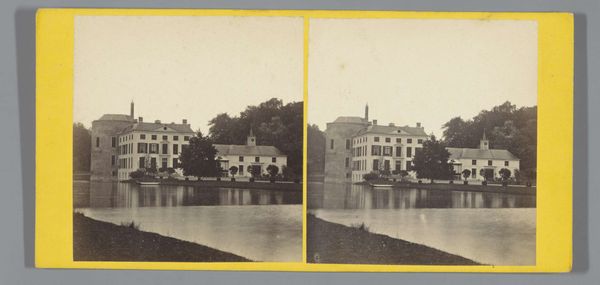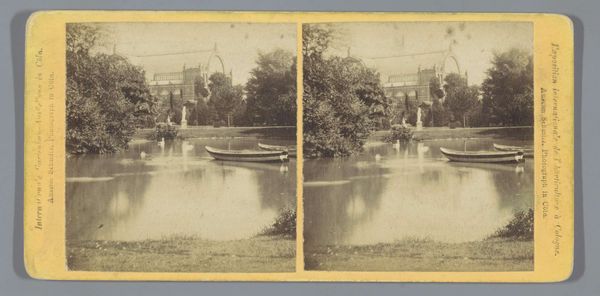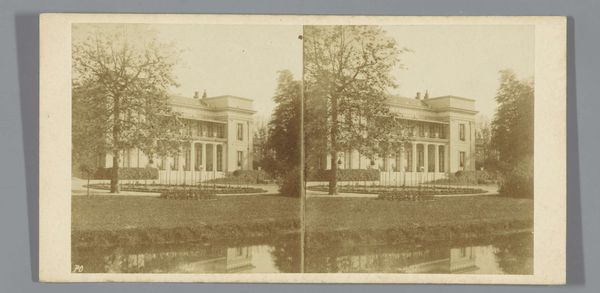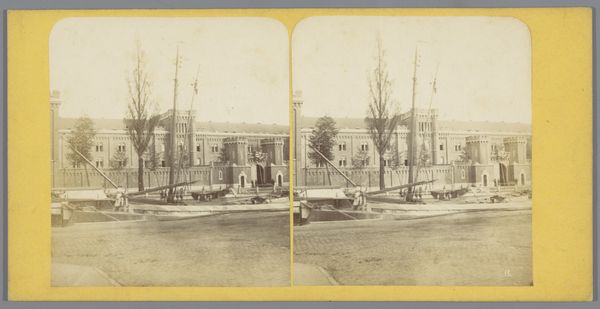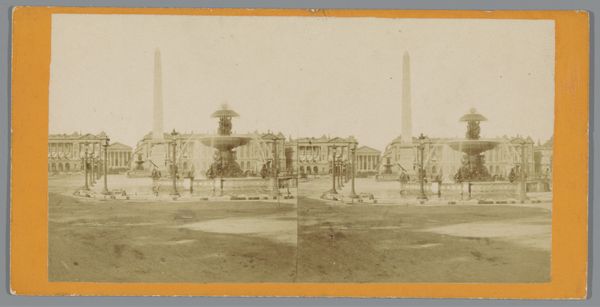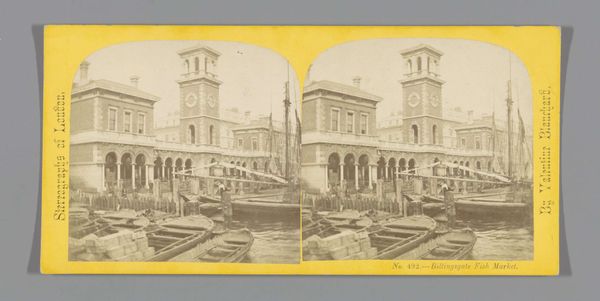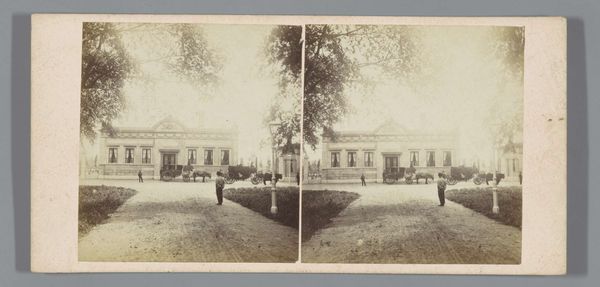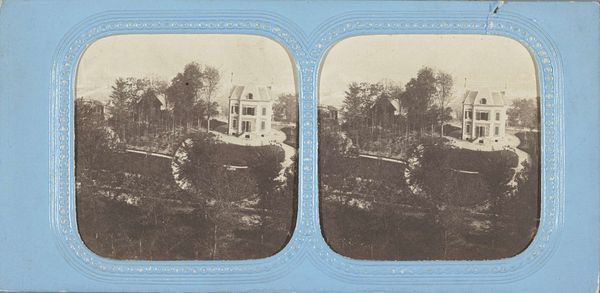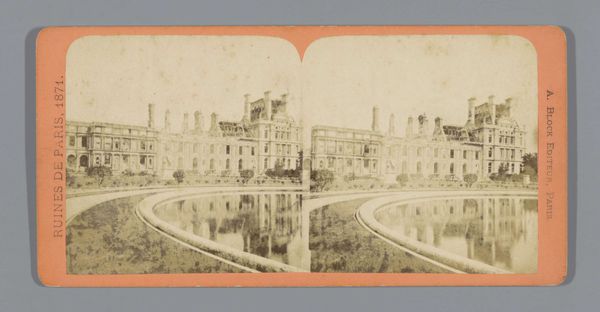
photography
#
16_19th-century
#
dutch-golden-age
#
landscape
#
photography
#
coloured pencil
#
cityscape
Dimensions: height 84 mm, width 173 mm
Copyright: Rijks Museum: Open Domain
Editor: So, here we have Pieter Oosterhuis's photograph, "Haarlemmerpoort en molen De Kraay, Amsterdam," taken in 1859. It feels very serene and almost staged. The reflection of the architecture in the water is so crisp. What stands out to you about it? Curator: Well, immediately the juxtaposition of the classical architecture of the Haarlemmerpoort with the De Kraay windmill speaks to a specific moment in Amsterdam’s history. The gate itself, referencing Roman triumphal arches, evokes ideas of civic pride and established order, doesn’t it? Editor: It definitely does! And the windmill… Curator: The windmill, though functional, represents a kind of industriousness and perhaps a more organic, rural past. Its inclusion subtly questions: what does progress *look* like? Are we honouring our roots or discarding them? The light is also really telling – it creates an almost ethereal mood, hinting at a golden age even in a photograph. Editor: I didn’t consider the symbolism of the windmill versus the gate like that! Do you think that was Oosterhuis's intention? Curator: I believe he was very aware of the connotations. Look at how they are framed together, balanced yet distinct. He's asking us to consider the ongoing dialogue between tradition and modernity, industry and artistry, progress and preservation. Editor: This makes me see the image in an entirely new way; it is not just a record but a statement! It also makes you wonder what Amsterdam thought of this image back in 1859. Curator: Indeed! The power of the photographic image allows us to unpack and revisit the continuity of civic and personal memory. Thank you, your comments truly enrich my viewing.
Comments
No comments
Be the first to comment and join the conversation on the ultimate creative platform.
